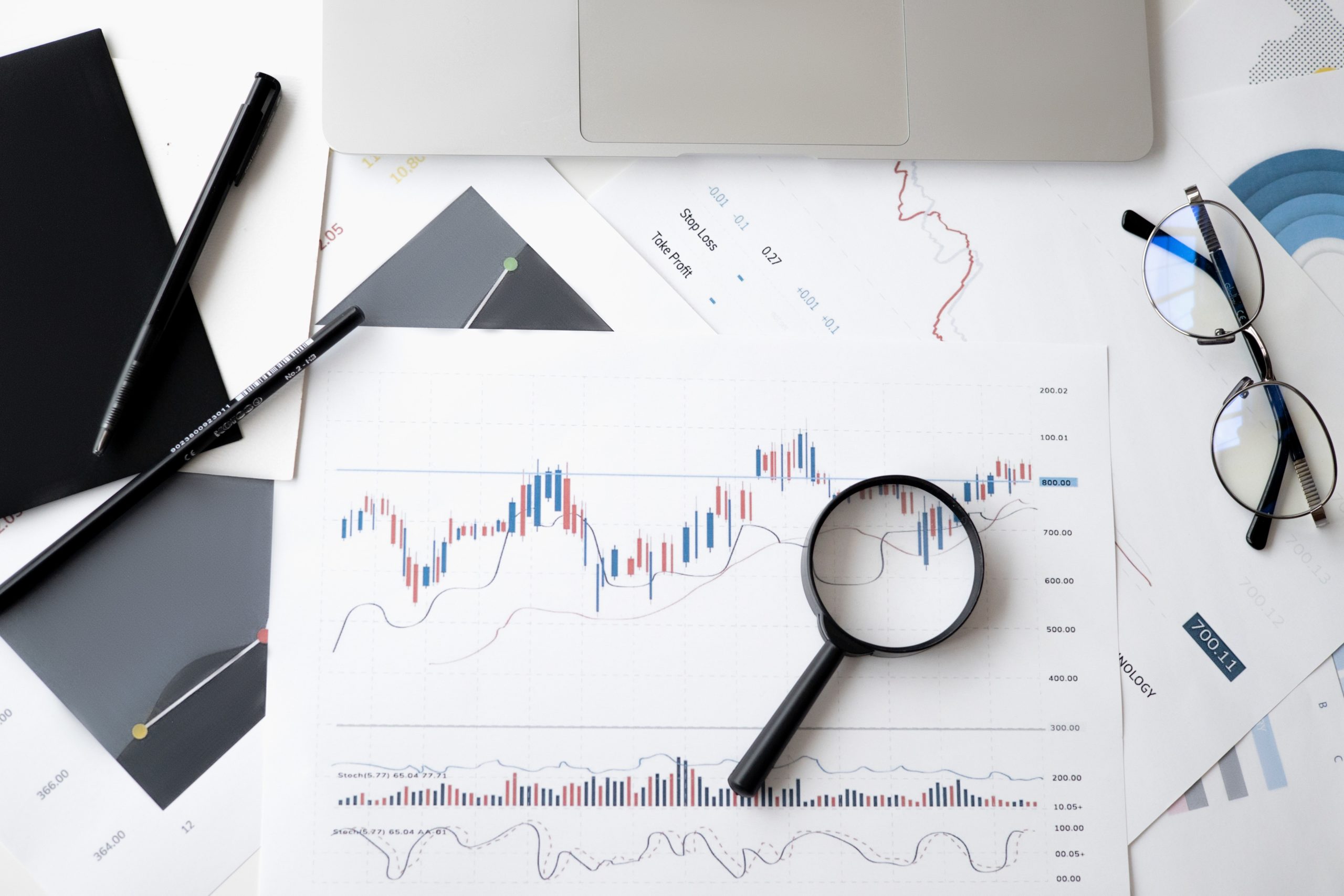The utility industry faces a host of existing and emerging challenges from necessary enhancements to infrastructure to climate change and beyond. While the right distributed energy resources management system (DERMS) platform can offer you valuable intelligence on your existing programs, finding the right external statistics and insights can prove difficult. Even still, while your existing technology stack may feature robust energy data analytics, that information is unique to your operation alone; finding ways to measure the success of your efforts, from demand response to your distributed energy resources (DERs) programs, is important in establishing a baseline for your continued success and growth.
The Shifting Utility Landscape
Even within the last 20 years, utilities have evolved to tackle a variety of problems that were either low-priority or previously nonexistent. While the existential threat of climate change has loomed for quite some time, the burgeoning green technology market threatens to decentralize utilities from existing suppliers to individuals. Likewise, the climate crisis has shifted public interest away from the fossil-fuel paradigm, instead of focusing on renewable energy technologies and a diversified energy portfolio. To contend with this, more and more utility companies are enhancing their existing demand response strategies, while also considering the impact of electric vehicle technologies and the requisite EV charging that will reshape the needs of the grid.
The key to success with any enterprise is preparation and energy data analytics, internal or external, can help gird your efforts for whatever might come next. Let’s take a look at some of the most useful resources out there to help shed some light on what’s to come next.
Data Analytics Resource Guide for Utilities
Before we dig into any specific search, it’s worth considering how data —energy data or otherwise— is evaluated; it’s critical to always consider your sources. Irrespective of where you live, a .gov suffix in your URL points to data collected by the country of origin. As a rule of thumb, .gov, .edu, and .org URL tags imply a greater degree of pedigree, although the data itself may be perceived differently depending on the party. If you’re pulling data from a news organization, it’s worth visiting a site that can help verify any potential biases, to best avoid any misleading information.
Government Energy and Utility Statistical Resources:
- The U.S. Energy Information Administration – The U.S. EIA offers independent, reliable energy data and statistics. The site offers data tools to customize searches and view specific data sets on topics ranging from solar voltaics to demand-side management that allow you to dive into sector-specific spreadsheets. U.S. EIA also has subject-matter experts, available online or in-person, in areas including electric power, environmental, and renewable energy / alternate fuels.
- Form EIA-861 – Every October, U.S. EIA publishes its annual electric power industry report. An extension of the previous resource, this encyclopedic report and its short-form cousin EIA-861S, are “data files (that) include information such as peak load, generation, electric purchases, sales, revenues, customer counts, energy efficiency, demand response, net metering programs, and distributed generation capacity.”
- American Community Survey – Need to know more about how and why your community is changing? The U.S. Census Bureau’s annual American Community Survey provides detailed population and housing information. The reports drill down to specifics including heating fuel sources—utility gas; bottled, tank, or LP gas; electricity, etc.—with percentages as well as changes over time in some charts. Utilities can leverage the detailed energy data trends to customize their approach and better serve their customers.
- U.S. Department of Transportation’s Bureau of Transportation Statistics – For utilities and other companies involved in the electric vehicle (EV) industry, the U.S. Department of Transportation’s Bureau of Transportation Statistics is an excellent resource. State-level energy data including vehicle registration, alternative fuel stations, CO2 emissions, and much more can be found on the Bureau of Transportation site.
Energy and Utility Association Statistics and Number Resources:
- Edison Electric Institute (EEI): Since 1933, the EEI has represented investor-owned utilities (IOUs) across the country. Among many resources available on its site, EEI compiles energy data from government and private sources for its annual Statistical Yearbook covering all areas of the electric power industry. The report, which includes historical and forecasted data on national, regional, and state levels, is free for EEI members.
- American Public Power Association’s Public Power Data Source: For municipal utilities and more, the American Public Power Association’s Public Power Data Source highlights national and regional feedback and trends from thousands of public power customers. A subscription service, the Public Power Data Source offers a 24/7 customer-survey platform that conducts and releases quarterly research. Because this service is committed to holistic, community-driven solutions, municipalities can focus on program design to help customers realize the best available rates.
- National Rural Electric Cooperative Association’s (NRECA) – As with our last example, NRECA is an outlet directed at the co-op utility community. Their website offers case studies, articles, and reports to educate co-ops on changes in markets, regulations, and operations. The site has several search features, allowing you to quickly peruse their blogs, case studies, or other collateral by type and use case. Their reports and fact sheets offer up-to-date data designed to inform even the most robust operation.
- Smart Electric Power Alliance (SEPA) – Among many things, SEPA highlights research on sustainable electrification, grid integration, and regulatory and business innovation. A non-profit organization, SEPA is an organization of like-minded individuals committed to fighting climate change. As an energy data resource, hosts reports on everything from EV charging to grid modernization designed to help guide the collective efforts of the sustainability movement.
Energy and Utility Media and Consultancy Resources for Statistics
- Utility Dive provides great daily news content, plus a library of resources for utilities including white papers, webinars, and renewable energy intelligence. For example, to learn more about the impact of COVID-19 on the utility industry challenges facing electric utilities (including how to integrate renewables), and the best ways to handle distributed energy resources, check out Utility Dive’s State of the Electric Utility 2021 Survey Report based on responses from hundreds of energy leaders from around the country.
- Deloitte – One of many business consultancies that track and advise companies in the $400 billion+ (2019) electric power industry, Deloitte Touche Tohmatsu Limited is a multinational service with clients across a variety of fields. Their Global Power, Utilities, & Renewables team is an excellent place to gather energy data and news from around the globe.
- McKinsey – Another managing and consulting firm, McKinsey & Company ElectricPower and Natural Gas is an excellent resource to learn about emerging technologies, trends in energy data, and more. McKinsey doesn’t offer up insights quite as frequently as some of the other outlets on our list, but their research is free, easy to access, and detailed.
- Guidehouse Insights – Guidehouse Insights is a market intelligence firm with a variety of options from research reports to subscription services and beyond. Guidehouse has honed its consultancy to specialize in research useful across multiple sectors and markets from industry to governments. You can expect reporting and energy data from a fiscal perspective, especially in the relationship between utilities and the communities and industries that they serve.
Energy Data Resources Conclusion
Whether you’re researching energy data or emerging technologies, finding and synthesizing the most up-to-date information is the best way to stay informed. By cross-referencing your research across a variety of channels, you can enhance your knowledge base and, hopefully, avoid the biases that may come with different interpretations of data sets.
Where do you get your energy data and utility industry stats? Let us know if you have a great resource and we would be happy to add it to the list.







